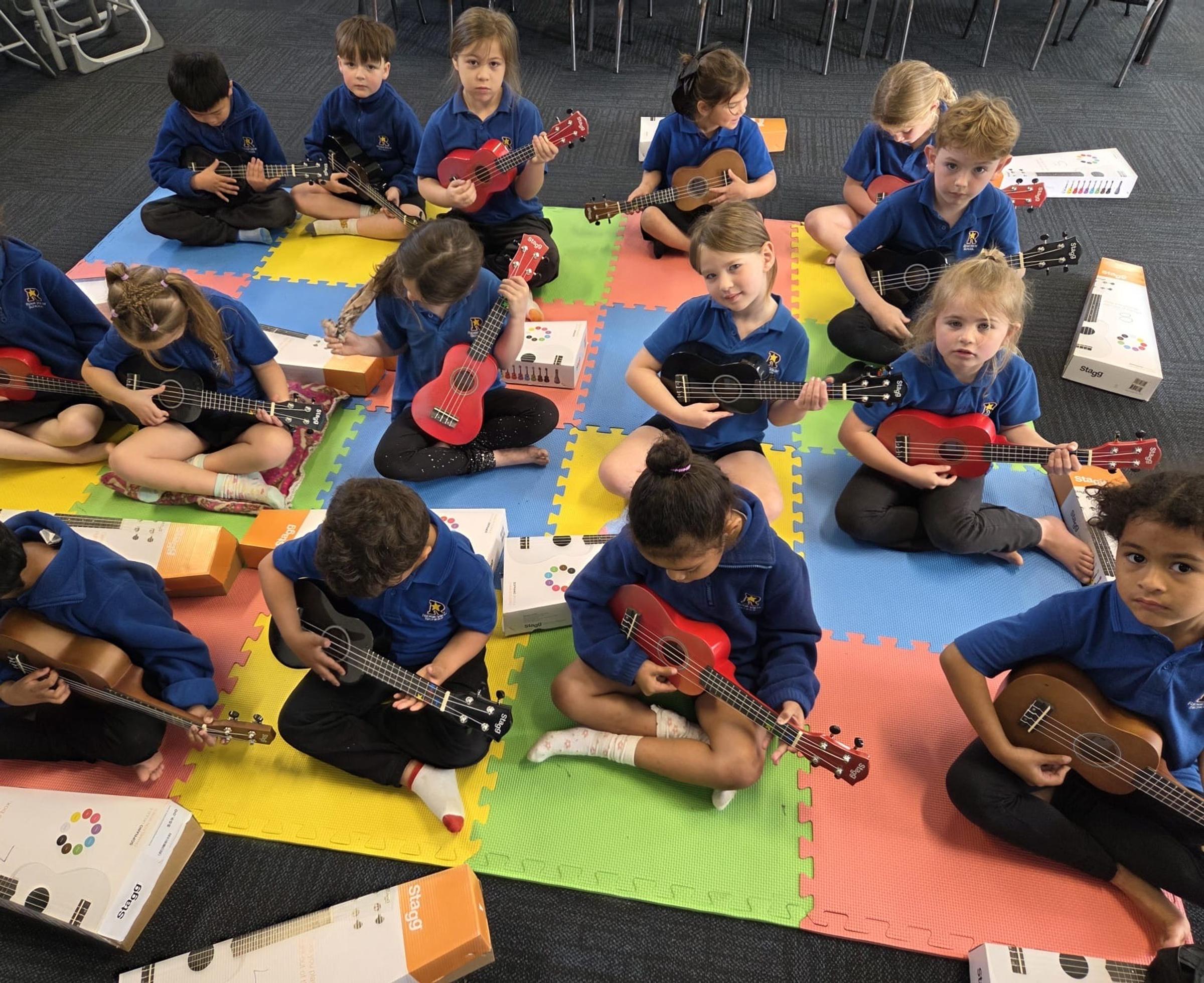Learning for Term 4

Learning for Term 4 – “Behind the Bites: The Science and Story of Food”
How does the science of food affect what we eat and how it’s sold to us?How do we ensure our food supplies are sustainable?
Chemical processes play a crucial role in food development, influencing taste, texture, shelf life, and nutritional value.This term, our learners will become food scientists, innovators, and storytellers, exploring how science, culture, and technology shape what ends up on our plates.
🌿 Guiding Whakataukī
Nāu te rourou, nāku te rourou, ka ora ai te iwiWith your food basket and my food basket, the people will thrive.
This whakataukī reminds us that when we work together — sharing knowledge, ideas, and skills — our community flourishes. It’s a celebration of collaboration, contribution, and collective strength.
📚 Integrated Learning Areas
✍️ Literacy – Reading & Writing
- Structured Literacy Focus:Students will write and publish recipes, instructional texts, and scientific explanations.
- Create scripts for their food science videos, showcasing their experiments and discoveries.
- Develop reading comprehension through exploring food labels, ingredient lists, and marketing language.
- Write an opinion piece evaluating a food product, considering sustainability, health, and ethics.
🗣️ Te Reo Māori / Tikanga
- Tōku Reo – learning vocabulary and phrases related to kai (food), cooking methods, and customs.
- Explore the cultural significance of food in events such as pōwhiri and celebrations.
- Take on the 20-word Te Reo kai challenge each week!
➗ Mathematics – Maths No Problem
- Apply measurement and number concepts through cooking, scaling recipes, and interpreting data.
- Investigate quantities, temperature, and time — key to understanding the science behind food.
- Continue to develop number sense - adding through to multiplication.
🔬 Science – Material World
Chemical World: “Food for Thought”
“Everything in food is science. The only subjective part is when you eat it!” – Alton Brown
Students will:
- Explore chemical reactions in food (mixing, heating, fermenting, dissolving).
- Investigate how food changes when cooked, preserved, or processed.
- End the term with ‘Who Did It?’ forensic science mysteries, applying inquiry and problem-solving skills.
🧠 Technology – Food & Innovation
“Food Chemistry Essentials: Enhancing Taste, Texture, and Shelf Life.”Learners will explore:
- Technological knowledge that improves food quality.
- How science and design thinking combine to solve real-world problems.
- Create their own food prototypes and share the process in a class video.
💰 Social Sciences – The Economic World
- Food Production and Global Trade: How does food move from farms to shelves?
- Supply & Demand – What drives what we eat?
- Sustainable Food Systems: Fair Trade, food security, and ethical production.
- Food as Culture: Food tourism, marketing, and cultural identity through food.
❤️ Health & Wellbeing
From Process to Plate: How Food Chemistry Impacts HealthStudents explore how processing and production affect nutrition and wellbeing, encouraging healthy, informed food choices.
🎨 The Arts
- Music Focus: Ukulele – learning to play, compose, and perform.
- Visual Art: Food-inspired design work and video production to support the food inquiry.
🏃♀️ Physical Education
- Athletics: Training and participation in the Ridgeview Athletics Day.
- Swimming: Starting in Week 6 – developing confidence and water safety skills.
- Top School Challenge: In houses teamwork and friendly competition!
🧺 EOTC & Community Links
- Visit to Sanders Reserve – picnic and exploration of the Kai Rākau Project, connecting sustainability, local history, and community.
- Class Food Videos: Each class will create a video showing how to make a recipe developed during Technology and explain the science behind it.
- Continuing our community Kai Garden
- EOTC - Albany Arena, Pickle b
🌟 Outcome
By the end of Term 4, students will:
- Understand the science and technology behind everyday foods.
- Recognise the economic and cultural factors influencing what we eat.
- Develop practical, creative, and collaborative skills through experimentation and creation.
